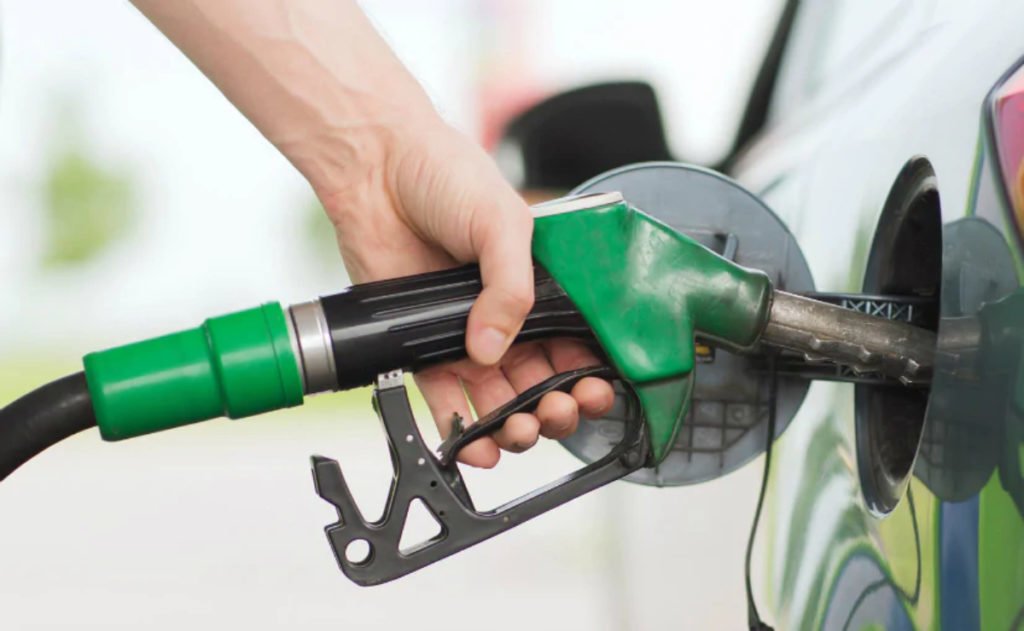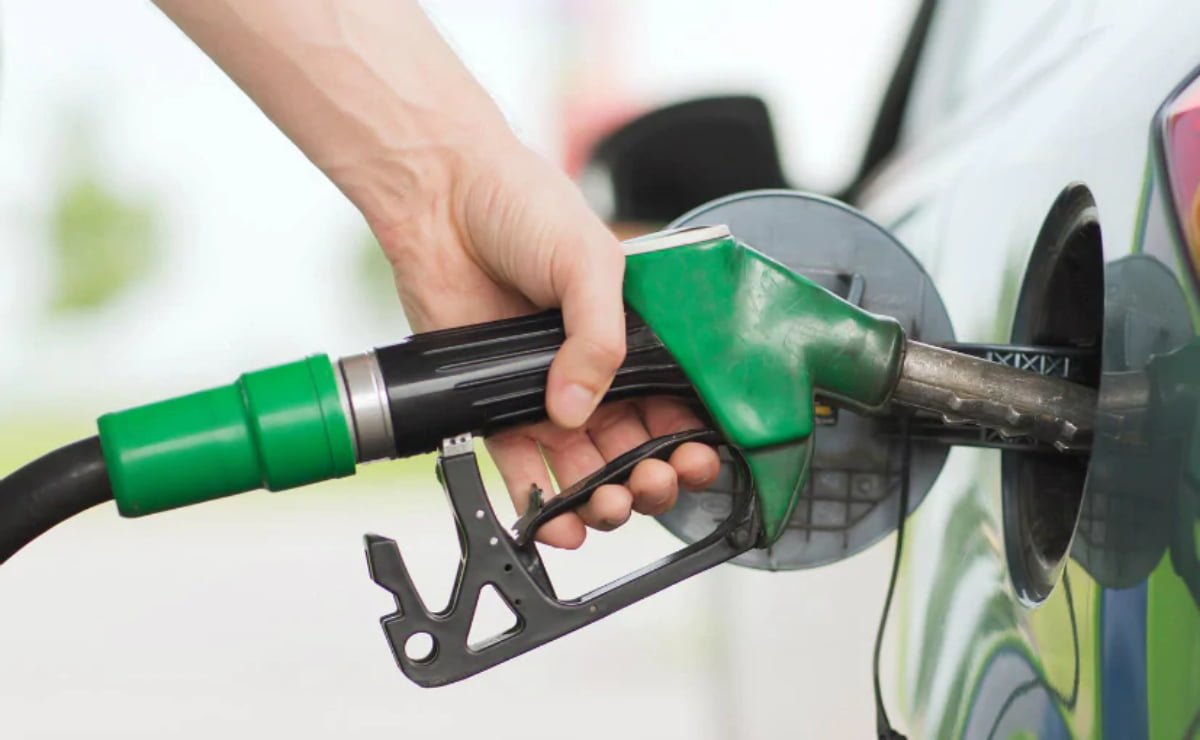Addressing a seminar recently, The Road Transport and Highways Minister, Nitin Gadkari, touched upon the topic of the need for focusing on alternative fuels to counter the ever-increasing petrol and diesel prices. He asked the car manufacturers to develop techniques to make the vehicles compatible with Flexi-fuel or multi-fuel. There are many countries already, which have been using alternate fuel types for quite some time now. The purpose of using these fuels, apart from avoiding high fuel prices, is to control pollution as well. We know that it will take us a lot of time, still, to get to the zero-emissions stage. That means, that the complete and mass adoption of Electric Cars (EVs) is still some time away because of lack of infrastructure for the charging stations, high initial costs of the vehicles compared to their internal combustion engine counterparts, the range anxiety issues and many such factors.
Also read: How does OBD (On-Board Diagnostics) work to prevent Knocking?

Need for Alternate Fuels
To bridge the jump from internal combustion engines to electric powertrains, we have to come up with some powertrains that can be operated on alternate fuels. This could include, ethanol and methanol mixed with the fuel in some proportion, biofuels including biodiesel, CNG, LPG, and fuel cells like Hydrogen-powered vehicles. While some of these are also in the development phase to enable mass adoption, others are relatively uncomplicated and widely used. This includes CNG, LPG, Ethanol, Methanol and Bio-Diesel. Let us take a look at these in a little detail to understand how they work and will these be used to help power this transition phase.
Also read: What is engine knock? How can it affect performance and engine?
Methanol / Ethanol
The use of alcohol mixed with diesel is quite prevalent in some parts of the world and makes for a useful bi-fuel alternative. The characteristics of the alcohol lend themselves well to have it mixed with the already existing fuels (mainly diesel) to achieve a fuel that does not compromise on the power and torque output much, but more importantly, helps tremendously in checking the exhaust gas emissions. Also, the main advantages of such alternative fuels include uncomplex operation, no significant changes to the engines and easy availability of ethanol and methanol. At this point in time, it might be a bit difficult to have high volumes of alcohol because of the large consumption of sanitizers, but in general, there is no issue with manufacturing and availability of alcohol as such.
Also read: Types of Clutches – Wet, Dry, Single-plate and Multi-plate – Pros and Cons!
Using methanol/ethanol in diesel will not affect the efficiency of the diesel engine too much but there might be a need for the external spark plug to ignite the mixture. At low volumes of alcohol, the diesel-alcohol mixture is not stable/miscible. High volumes increase the combustion properties of the diesel and hence an external source of ignition, in the form of the spark plug, is necessary to facilitate a smooth operation of the engine. DME can be used as the substitute for the diesel fuel type entirely. It is produced from natural gas through the process of methanol synthesis and methanol dehydration. However, the thermal efficiency is not optimum which is why it can be used along with the regular diesel fuel to achieve good results.
Also read: Types of Ignition – Spark, Compression, HCCI, SPCCI Ignition!
CNG – Compressed Natural Gas
The usage of CNG powertrains is quite common in India. A ton of commercial vehicle owners make use of the CNG-powered vehicles in our market. Also, the fact that there is enough infrastructure around the CNG power stations enables the customers to consider the option of buying a CNG car. Also, there are plenty of aftermarket dealers, who can fit a CNG kit in your already existing car One can easily switch between internal combustion engine operation and the CNG operation depending on the requirement. The CNG powertrain is a bit low on power output but is substantially affordable compared to the fuel-powered cars at the moment. When you are looking for performance, you can switch back to diesel/petrol operation with just a flick of a switch. In fact, Maruti Suzuki and Hyundai have a lot of models in their lineup that come with a factory-fitted CNG kit.
Also read: Types of Turbochargers – VGT, Twin-Scroll, Twin Turbo, Sequential Turbo, E-Turbo!
Maruti Suzuki, in fact, has seen a substantial rise in sales of its CNG products in the last year and predicts that this is the perfect way to bridge the gap between internal combustion engines and electric powertrains. This is the only method that is viable enough at the moment to translate into large-volume sales. The characteristics of the CNG include storage at high pressure of around 200 bar in gaseous form. This is because the density of the CNG is not very high. Therefore, high volumes have to be stored which is possible through compression and that is where the name, CNG, also comes from. The few changes that are needed to be made to ensure a safe and smooth operation of CNG include programming the ECU of the vehicle which will control the timing of injection of fuel and CNG, the mass of the fuel-injected, ignition timings, exhaust gas emissions and all such things.
Also read: What are Catalytic Converters? How does they reduce pollution?
LPG – Liquified Petroleum Gas
The use of LPG in automobiles has also been tried in some countries and it is also possible to use it in combination with regular fuels. In fact, a lot of characteristics of the LPG are somewhat similar to petrol, for instance, energy, ignition characteristics, octane number and enthalpy. Therefore, not a ton has to be changed to mix these two fuels together. LPG is a mixture of propane and butane in various proportions after the refining process. The main advantage of using LPG in automobiles is that it emits far fewer emissions as compared to diesel and petrol, especially the CO2 emissions. A storage tank is required to store the LPG in the vehicle and the amount of fuel or mixture required is again controlled by the ECU of the car.
Also read: How does Variable Valve Timing affect performance and fuel economy?
Bio-diesel
The mixing of diesel fuel with a variety of oils is known as bio-diesel. These oils include recycled cooking oil, soyabean oil, animal fats, etc. The main advantage of bio-diesels is that the oils required for mixing in order to restrict the exhaust gas emissions can be grown on the farms. In fact, there is nothing special that is needed to be done to produce these oils. Farmers, across the globe, grow these things on a regular basis and just by a little processing, we are able to easily achieve such oils that can be added to the diesel fuel. This is done in accordance with the regulations set by various bodies across the globe so that the performance of the diesel engine is not affected and the emissions can be controlled.
These are some of the methods to ensure that we are able to come up with techniques to use some alternate fuels until we reach a point in time, where the price of an electric car is equal to the prices of its petrol/diesel counterpart. This could be an easy solution that does not require too much R&D and changes to the engines until the mass adoption of the EVs across the globe.
Also read: What are engine remapping, calibration and tuning? Should you remap your car?



